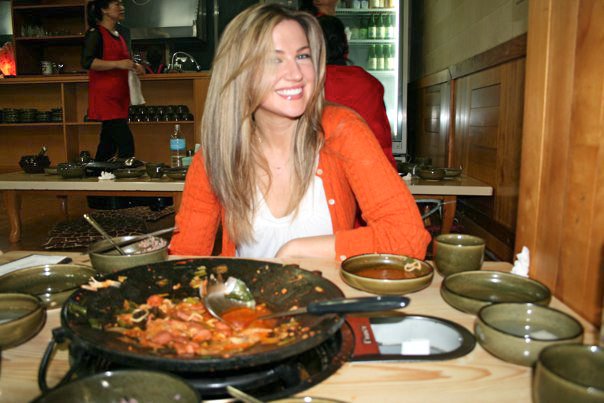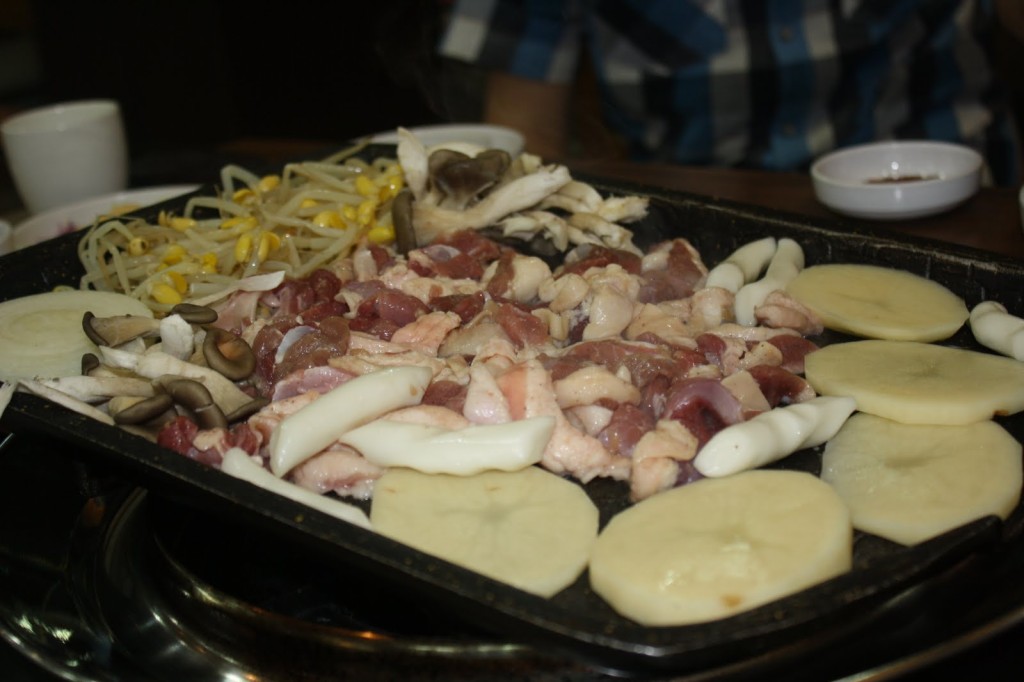Any culture celebrating some form of excess has a phrase to go along with it. In America, a country of consumers, it’s “shop ‘til you drop.” In Korea, a country of alcoholics and binge drinkers, it’s “drink ‘til you die.” And in Osaka, Japan, a town full of hard-working foodies, it’s “eat ‘til you fall down.”
Kuidaore, a phrase derived from the proverb, “dress (in kimonos) ‘til you drop in Kyoto, eat ‘til you drop in Osaka,” has become synonymous with the Japanese metropolis. It’s not uncommon for a businessman to spend all his earnings on food, nor to eat at three different restaurants in one night.




